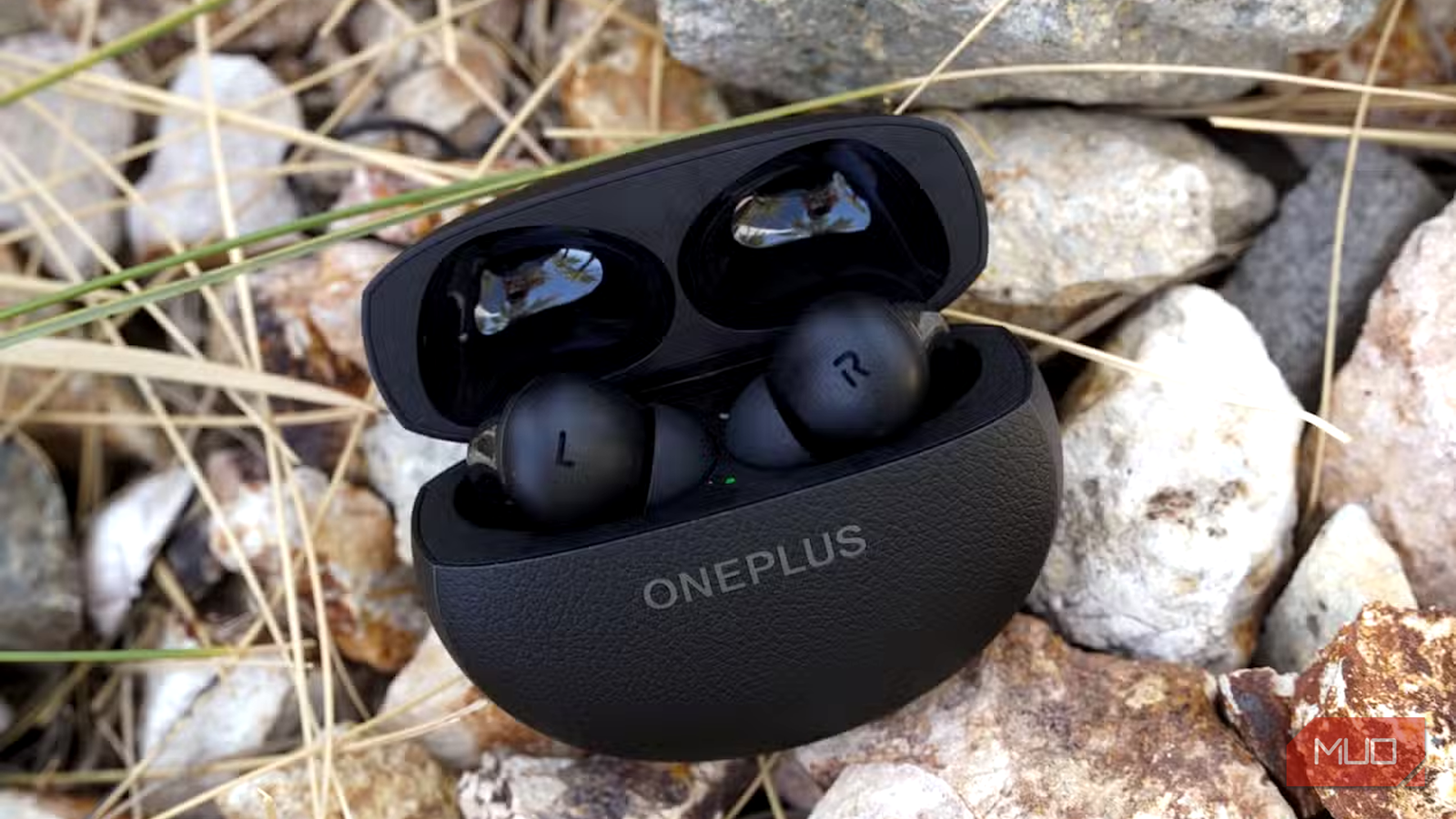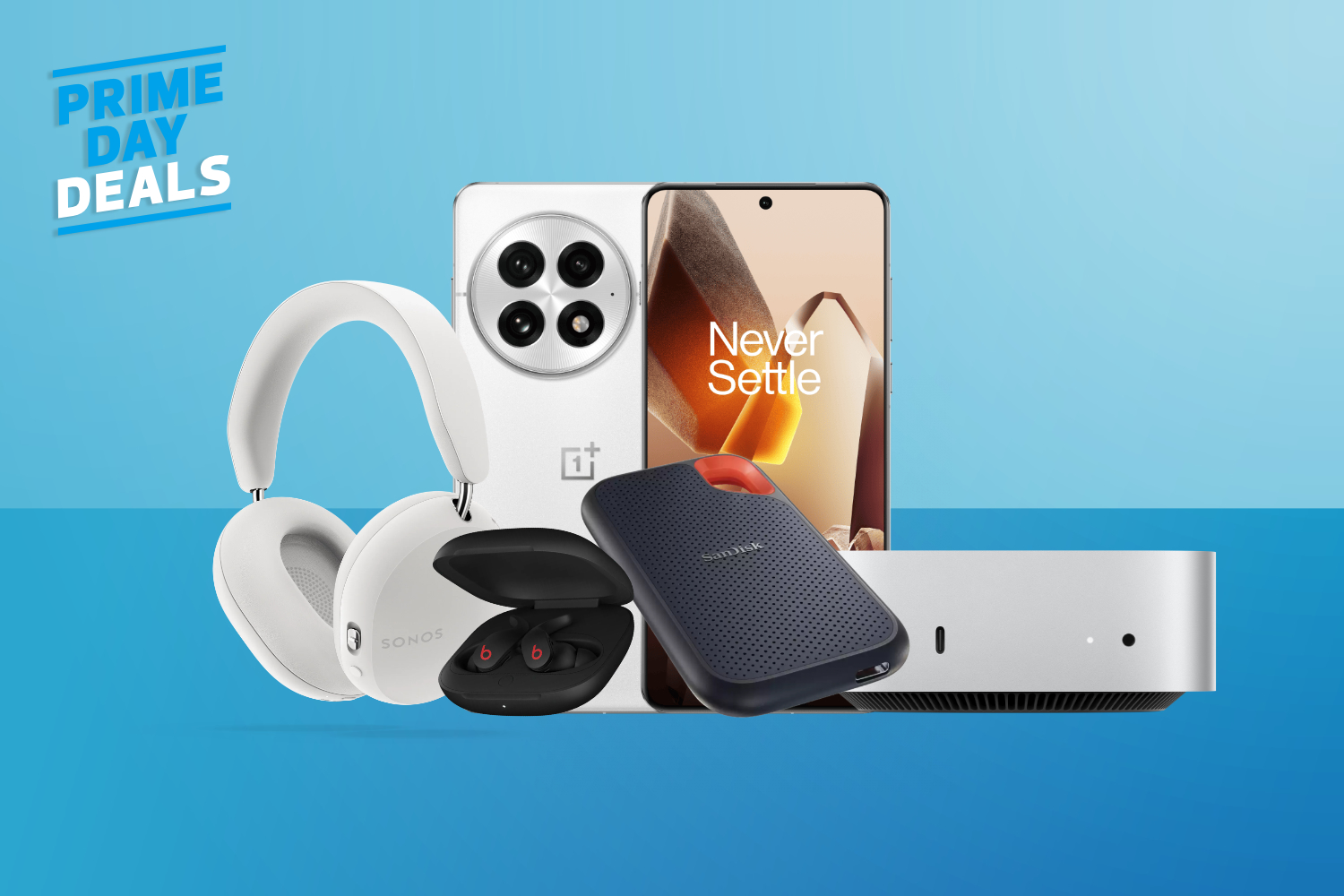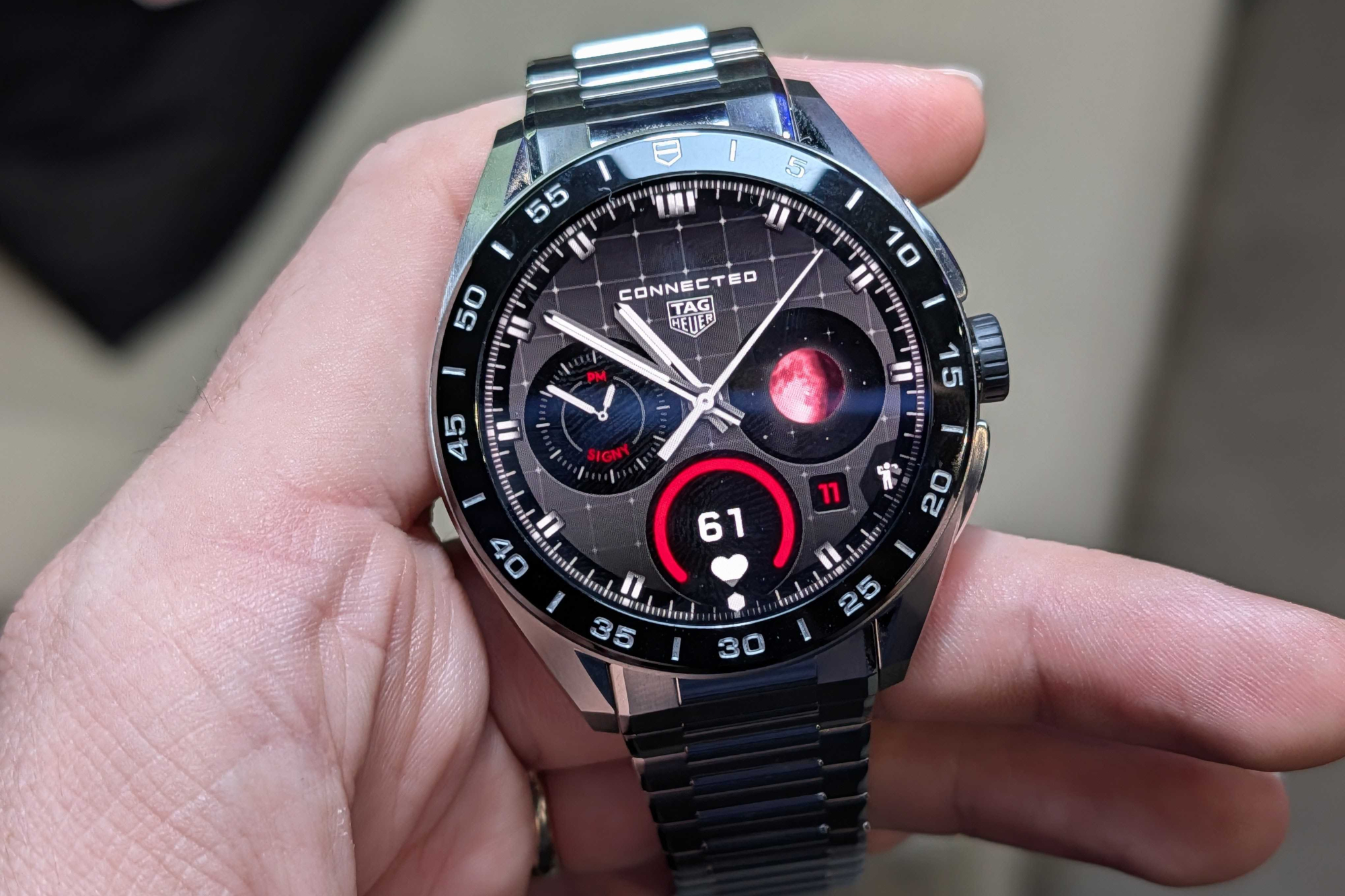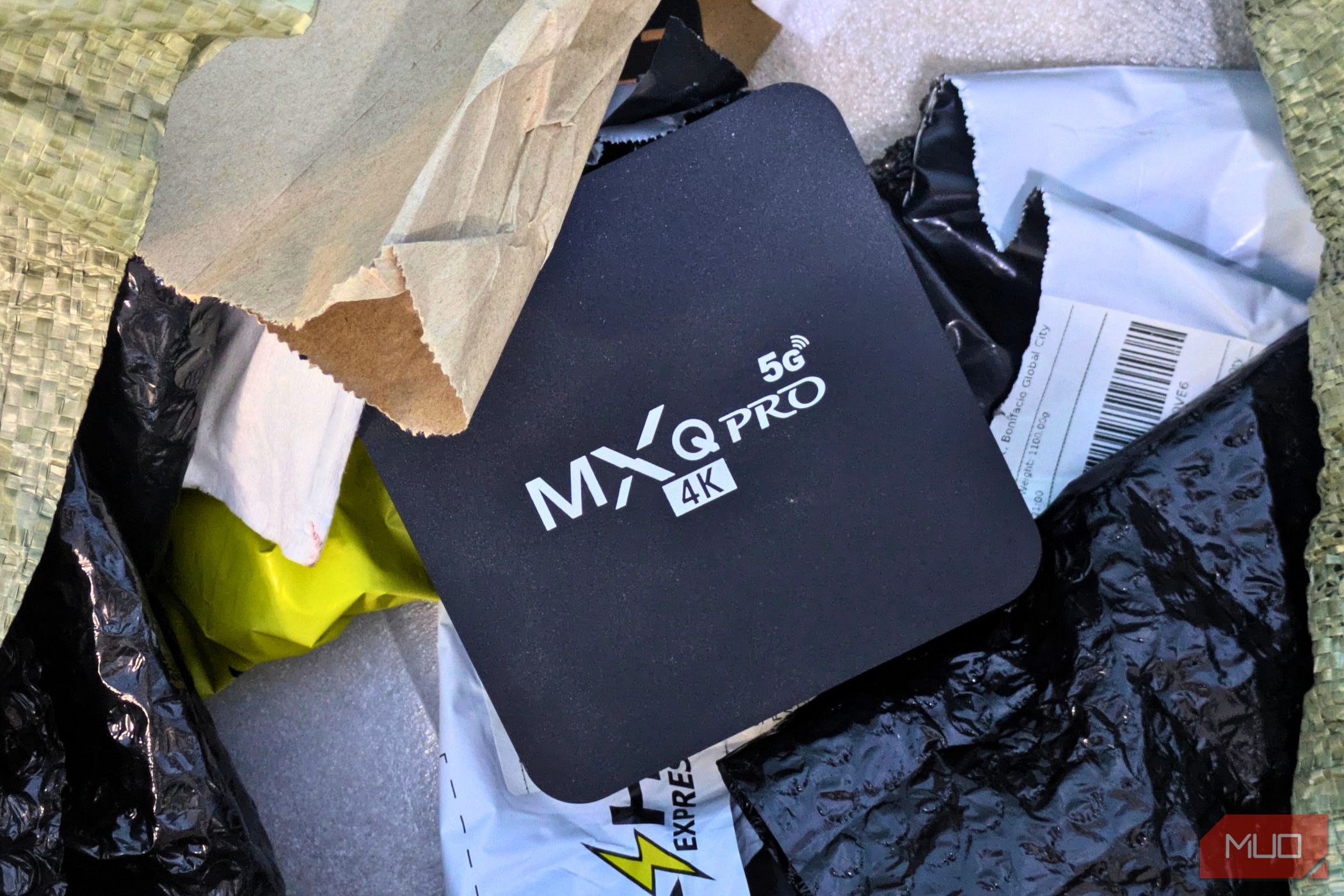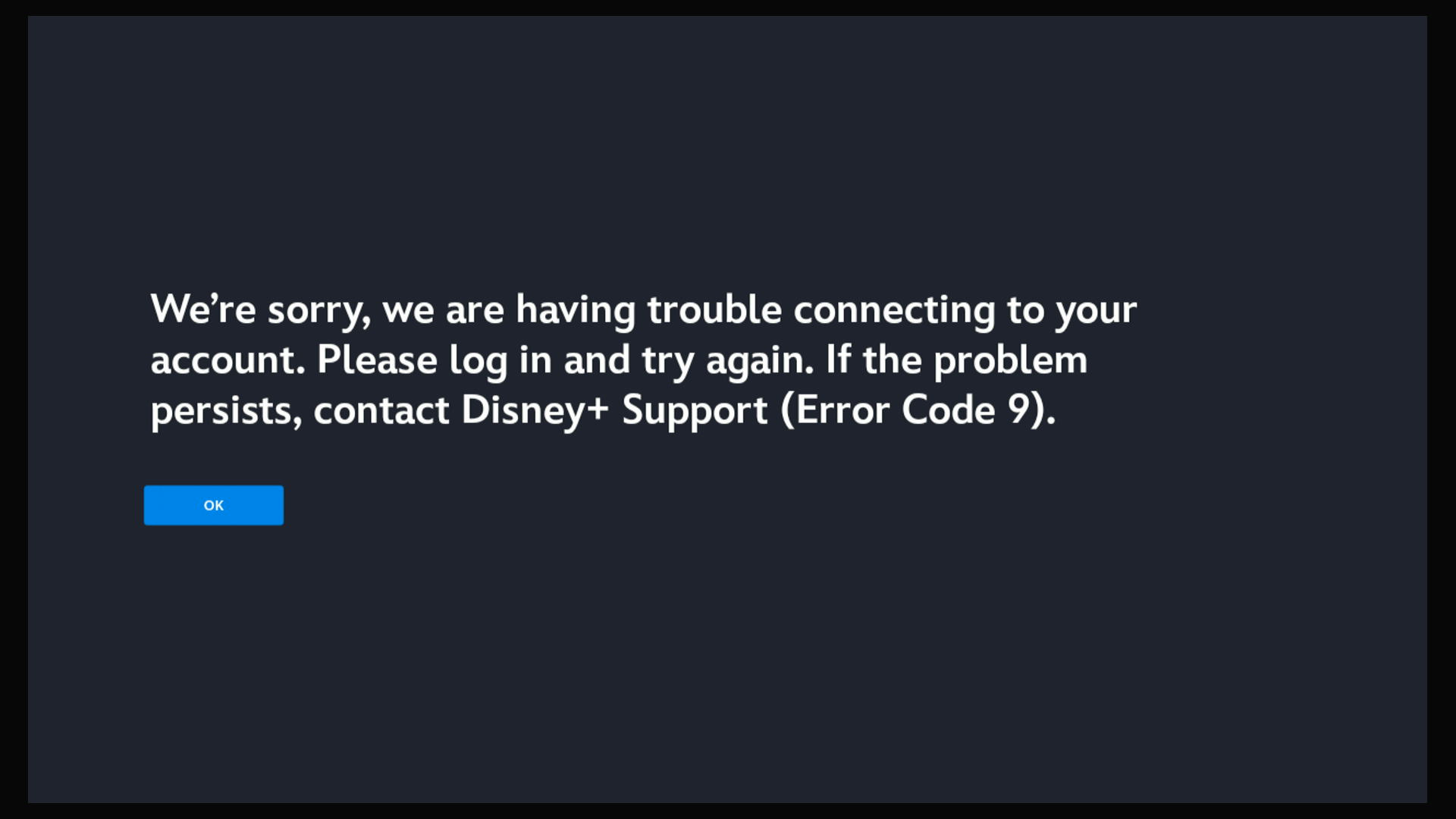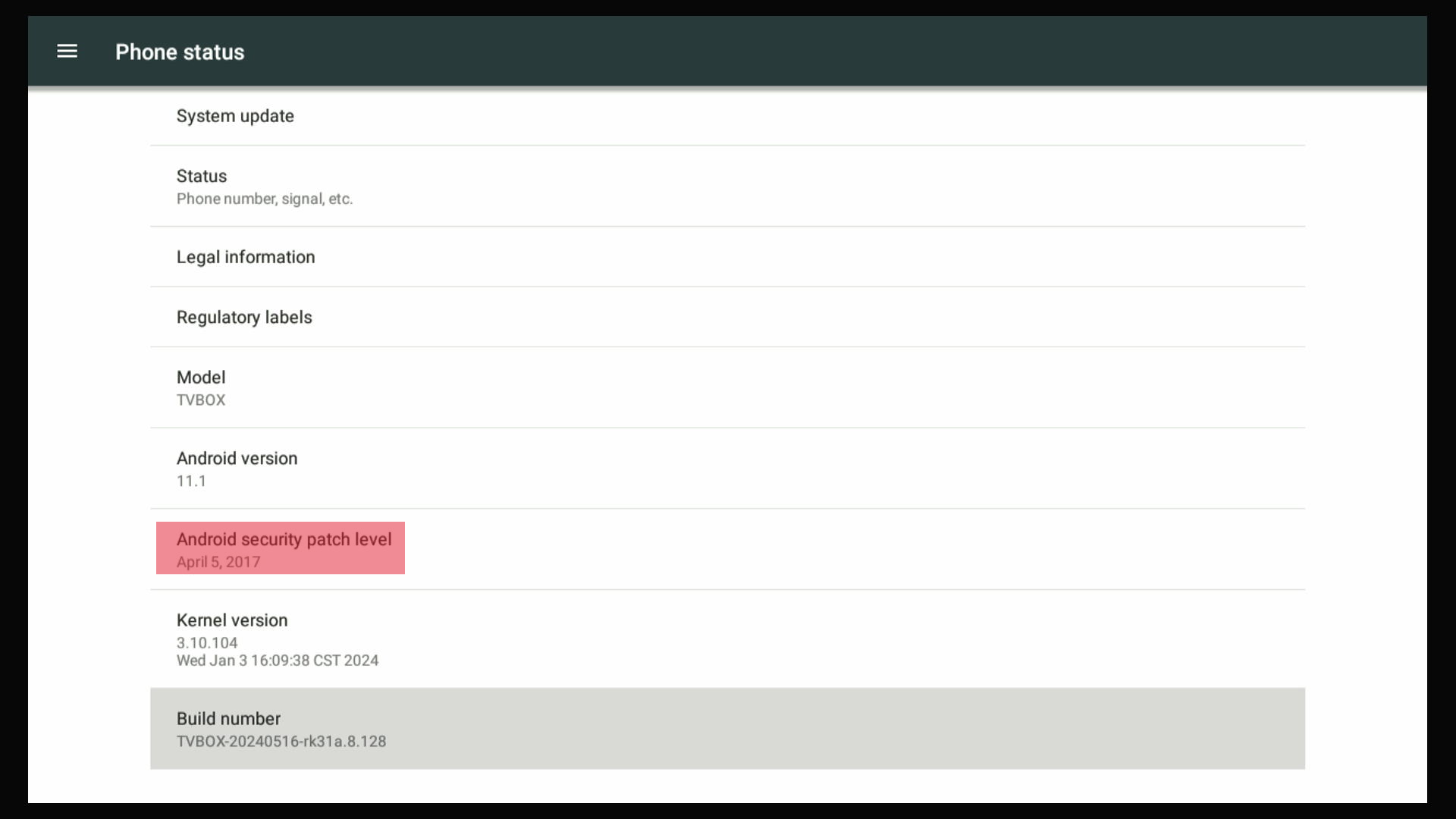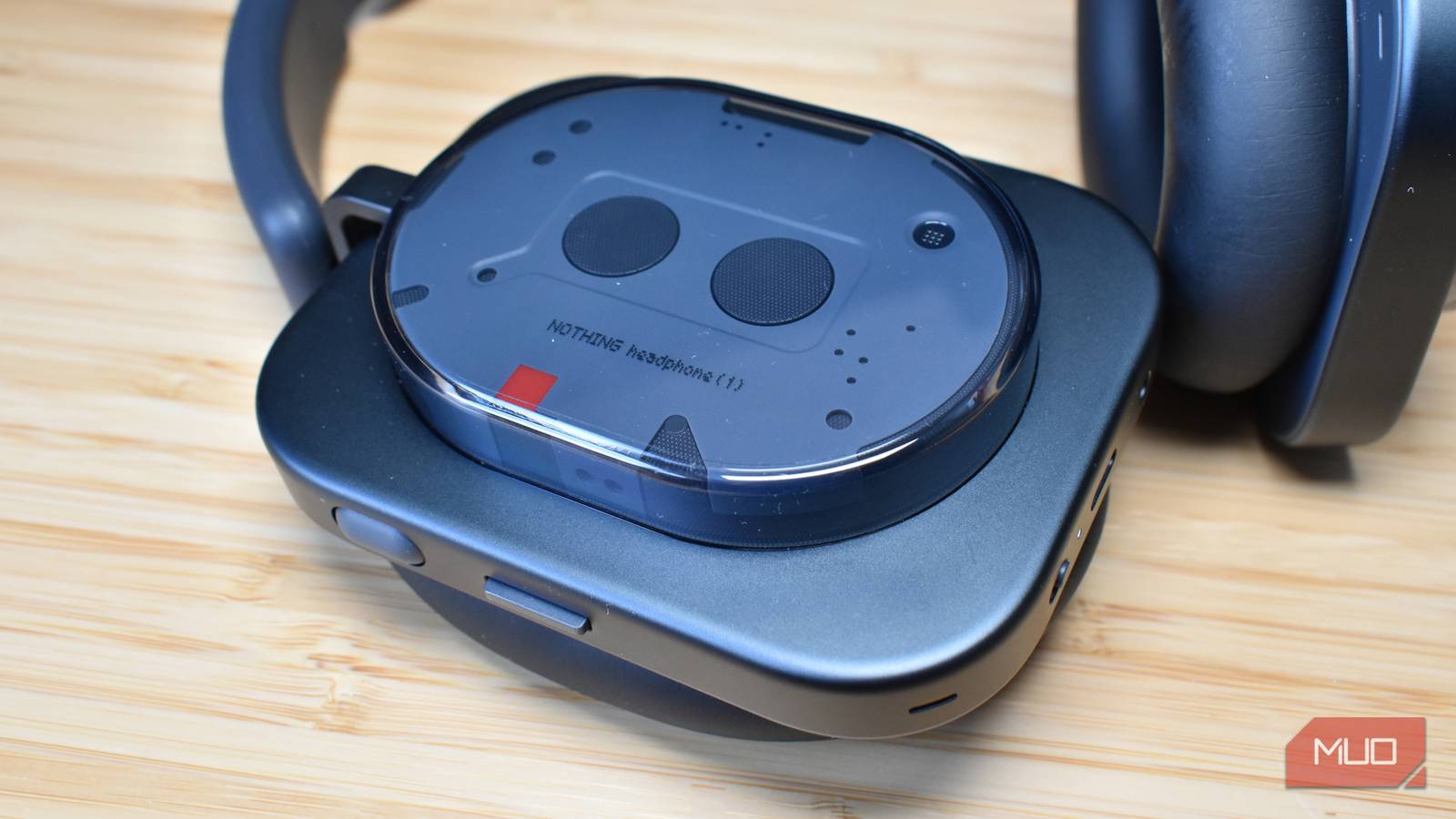At first glance, ultra-cheap streaming boxes promise endless entertainment and high-end specs for around 25 bucks. But when you actually plug one in, the experience rarely matches the hype, and the real costs quickly start to show.
The Specs Look Impressive, but Real Performance Is Often Disappointing
When you browse online marketplaces, those cheap streaming boxes catch your eye with their impressive spec sheets. Manufacturers throw around big numbers because they work. The problem is that many of these numbers come from modified system files rather than actual hardware capabilities. These cheap streaming boxes are so slow that I can’t even take screenshots without a capture card, never mind installing diagnostic tools to test their legitimacy.
So, I opened up a streaming box I had handy (the MXQPro) and found a Rockchip RK3128A processor and a budget SK hynix eMMC storage inside. These are the kinds of components you will find in the cheapest devices, not in anything meant for smooth streaming or modern apps. This is not unique to the MXQPro, most cheap streaming boxes sold online today use similar low-end hardware.
Here’s a look at some of the most common specs that get exaggerated or faked on cheap TV streaming boxes:
|
Advertised Spec |
What’s Really Inside (MXQPro Example) |
What You Actually Get When You Use It |
|---|---|---|
|
“4K/8K Ultra HD output” |
Rockchip RK3128A SoC, HDMI port supports 4K on paper |
The RK3128A can’t decode 8K or even smooth 4K; it struggles with 1080p. |
|
“8GB RAM / 128GB storage” |
SK hynix eMMC, usually 32GB system storage/ 1GB or 2GB RAM |
Modern apps crash, and storage fills up fast. |
|
“Android 12/13/14” |
Firmware fakes Android version. The kernel version uses 3.10.104, which Android 7–9 uses. |
Many apps won’t install or update; the system is outdated. |
|
“Quad-core 2.0 GHz CPU” |
Rockchip RK3128A, quad-core Cortex-A7 @ 1.2GHz |
Performance is sluggish, slower than most modern smartphones. |
|
“Dolby Vision, HDR10, AV1” |
Logos on the box, but the Mali-400 GPU on the Rockchip processor cannot handle these formats. |
Video plays in basic quality; advanced features are missing. |
Cheap streaming boxes often use low-end Rockchip or Allwinner processors that just can’t keep up. After a few minutes of watching a show, the device heats up and does thermal throttling. When this happens, the processor deliberately reduces its speed to avoid overheating, which leads to laggy menus, stuttering video, and audio that falls out of sync.
The trouble doesn’t stop with overheating. The SoC (System on Chip) in these streaming boxes is so underpowered that they struggle to play even regular HD video, let alone 4K or 8K.
There’s also a safety side to consider. Many bargain streaming boxes use the cheapest possible power supplies, which are small, lightweight, and made with minimal components. These power adapters often fail after a short time and can even be a fire risk. Instead of using properly regulated parts, manufacturers cut corners to save money, putting your home at risk for the sake of a few dollars.
If the cheap hardware isn’t enough to make you think twice, remember that these devices usually come with poorly made software and almost no support. Problems are common, and when something goes wrong, you’re left on your own.
Hidden Headaches with Software, Updates, and App Compatibility
Certified streaming sticks and boxes like Chromecast or Walmart’s Onn 4K come with Android TV, regular updates, and Google Play Protect. Most bargain boxes skip all of that. Instead, they run a generic version of Android that was never meant for your TV, and that’s where the headaches begin.
Android TV is built for the living room. It has a clean interface, works smoothly with remotes, and gets updates that keep things running smoothly. Cheap boxes usually run a phone or tablet version of Android, which means clunky menus, awkward navigation, and features that just don’t work right on a TV.
Here’s what you’re likely to run into with these low-cost boxes:
- No Play Protect or Certification: Most cheap boxes use an open-source Android fork, not official Android TV. That means no Google Play Protect, no formal security checks, and no guarantee that your device is safe or up to date.
- App Compatibility Nightmares: Many streaming apps, like Netflix and Disney Plus, require Widevine Level 1 DRM for HD or 4K playback. Cheap boxes usually only support Level 3, so you’re stuck with blurry standard definition, even if your TV can do more.>
- Fake or Outdated Android Versions: The box might claim to run Android 12 or 13, but it’s often a much older version with a renamed label. This tricks you into thinking you’re getting the latest features, but in reality, many new apps won’t install or run properly.
- No Firmware Updates: Don’t expect regular updates. Most sellers disappear from online marketplaces before the first patch is ever released.
- No Real Support: With no-name brands, there’s no customer service to call when things go wrong. If your box stops working, you’re on your own.
All these issues add up to a frustrating experience. You might save money at first, but you pay for it in wasted time and lost features. Certified devices cost a bit more, but they deliver smoother performance, better app support, and regular updates that keep your streaming safe and running the way it should.
Security Risks and Privacy Pitfalls in Cheap Streaming Boxes
Even before you have a chance to get frustrated by laggy menus or unreliable performance, cheap streaming boxes from lesser-known brands can bring even bigger headaches into your home. Many of these devices arrive with malware pre-installed, hidden deep within the system before you even open the box. Researchers at Dr.Web reported that malware like Android Vo1d was found on nearly 1.3 million TV boxes. This type of malware hands over root access to attackers, giving them full control to silently install more harmful software whenever they want. What makes this situation even more concerning is that the malware is embedded right in the firmware, so it is active from the moment you power on the device.
Trying to remove this malware is nearly impossible for the average user. Because it hides in special system partitions that are untouched during a factory reset, any attempt to wipe the device clean is useless. Once a box is infected, the malware will survive resets and continue to operate in the background.
Take the MXQPro as an example. Although the box claims to run Android 11, a closer look reveals the kernel version is 3.10.104, which is typically used for much older Android versions like 7, 8, or 9. Software updates are important in keeping your devices safe. However, the last security update on this device ended in 2017, which means any Android malware discovered after that year can easily infect the device. This problem is not unique to the MXQPro. Most cheap streaming boxes at similar price points, with specs that seem too good to be true, use the same outdated software and are just as vulnerable.
The risks do not end with the streaming box itself. Once attackers gain access to your device, they can use it as a gateway to reach other devices on your home network, such as your computers, smartphones, and smart home gadgets. A single compromised streaming box can put your entire network, privacy, and security at risk.
What Are You Really Trading for That Low Price?
Those savings look tempting, but cheap streaming boxes often cost you more in the long run. You might save a few bucks upfront, but you end up trading smooth video for choppy playback, regular updates for abandoned software, and your privacy for potential security risks. The time you spend troubleshooting crashes, lag, and app failures quickly adds up, making that bargain box feel like anything but a deal.
The problems go deeper than just performance. These boxes often cut corners on hardware and software, so even basic tasks like navigating menus or streaming in HD become frustrating. You lose out on features that should be standard, like voice control and reliable casting, and you have no real customer support if something goes wrong. Worse, many of these devices send your data to unknown servers or come loaded with spyware, putting your privacy and home network at risk.
Spending a little more on a certified device pays off with better performance, regular security updates, and peace of mind. Reliable brands deliver a smoother experience, protect your data, and save you hours of hassle. When it comes to tech, you usually get what you pay for—and sometimes, with the cheapest options, you get far less.


